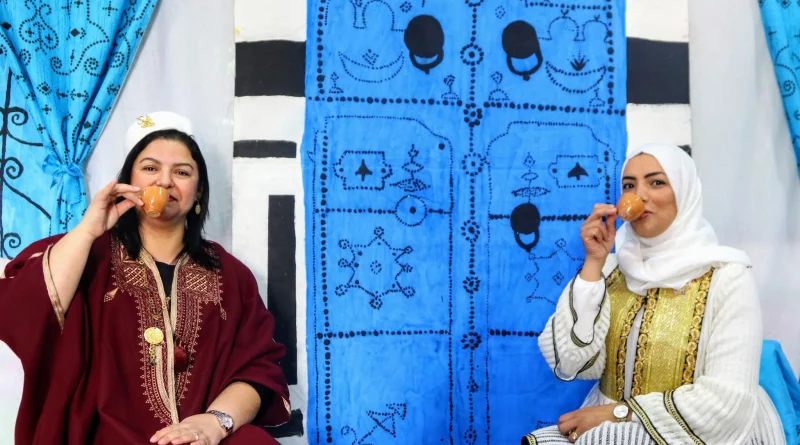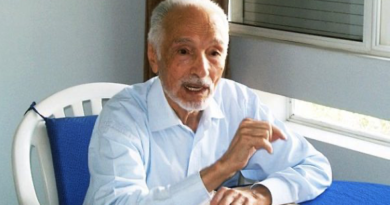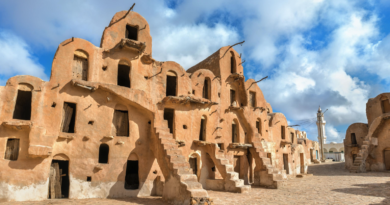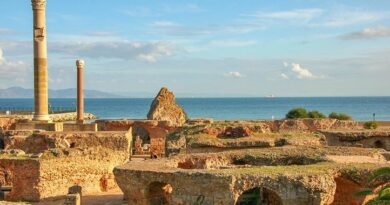The rich heritage of Tunisia’s traditional dress
Tunisia’s traditional dress is a true reflection of the country’s rich culture and history. It is known for its intricate embroidery, bright colors, and unique designs. The dress is usually made from cotton or silk and embellished with gold or silver thread, with its style varying depending on the region of Tunisia.
Each area has its own distinct style and design, making Tunisian traditional dress a fascinating subject to explore.
To celebrate its dress, the country has a traditional Dress Day is a special occasion marked by parades, cultural events, and fashion shows, where people can see the latest designs and styles of the traditional dress.
Tunisians take great pride in their cultural heritage and often choose to wear their traditional dress on this day. It’s a celebration of their rich history and the traditions that have been passed down from generation to generation.
The traditional dress has a history dating back centuries and is an important part of Tunisia’s cultural identity. Originally worn by women in rural areas, it has now become popular across the country. Many Tunisian designers incorporate elements of traditional dress into modern fashion, creating a unique fusion of tradition and contemporary style.
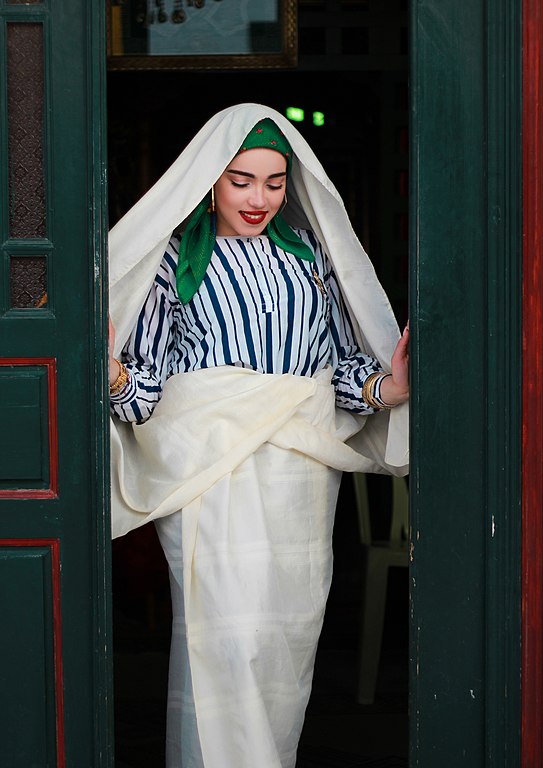
The Sefsari is the traditional dress worn by Tunisian women. It is a long, flowing dress made of silk or cotton and worn over a pair of pants. The dress is usually brightly colored, with patterns and designs that vary by region. It is also known for its intricate embroidery, which is done by hand and often takes several weeks to complete.
Tunisian traditional dress is not just a fashion statement, but it also reflects the country’s cultural and religious beliefs. For example, the Sefsari worn by women covers the body and hair in accordance with religious traditions. The colors and patterns on the dress also have symbolic meaning. Green is considered a holy color and is often used in the embroidery of the Sefsari, while red and black are believed to protect against the evil eye.
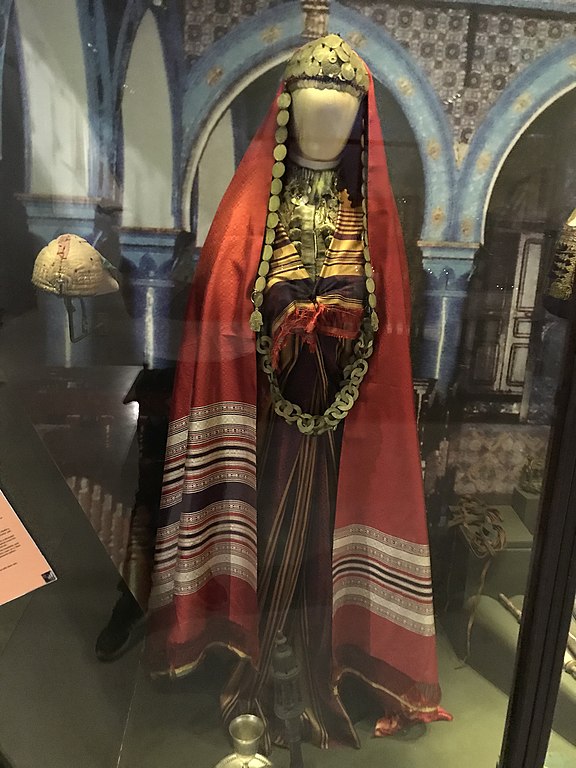
The Jebba, on the other hand, is the traditional dress for Tunisian men. It is a long, loose-fitting tunic that falls below the knee. The Jebba is usually made of wool or cotton and is available in a range of colors, including white, brown, and blue. It is often worn with a matching cap called a Chechia, made of felt with a distinctive red tassel on top.
The Jebba worn by men is also steeped in symbolism. The white Jebba is often worn on special occasions such as weddings and religious festivals and is a symbol of purity and simplicity. The blue Jebba, on the other hand, is associated with strength and masculinity.

In addition to the Sefsari and Jebba, Tunisian traditional dress also includes other garments such as the Burnous, a hooded cloak worn by men, and the Fouta, a brightly colored towel used as a wrap by both men and women.
Today, Tunisian traditional dress is still worn by many people, especially during religious festivals and other special occasions. However, it has also been modernized and incorporated into contemporary fashion. Tunisian designers are creating new styles and fashions that incorporate traditional elements such as embroidery and patterns while also using modern fabrics and silhouettes.
